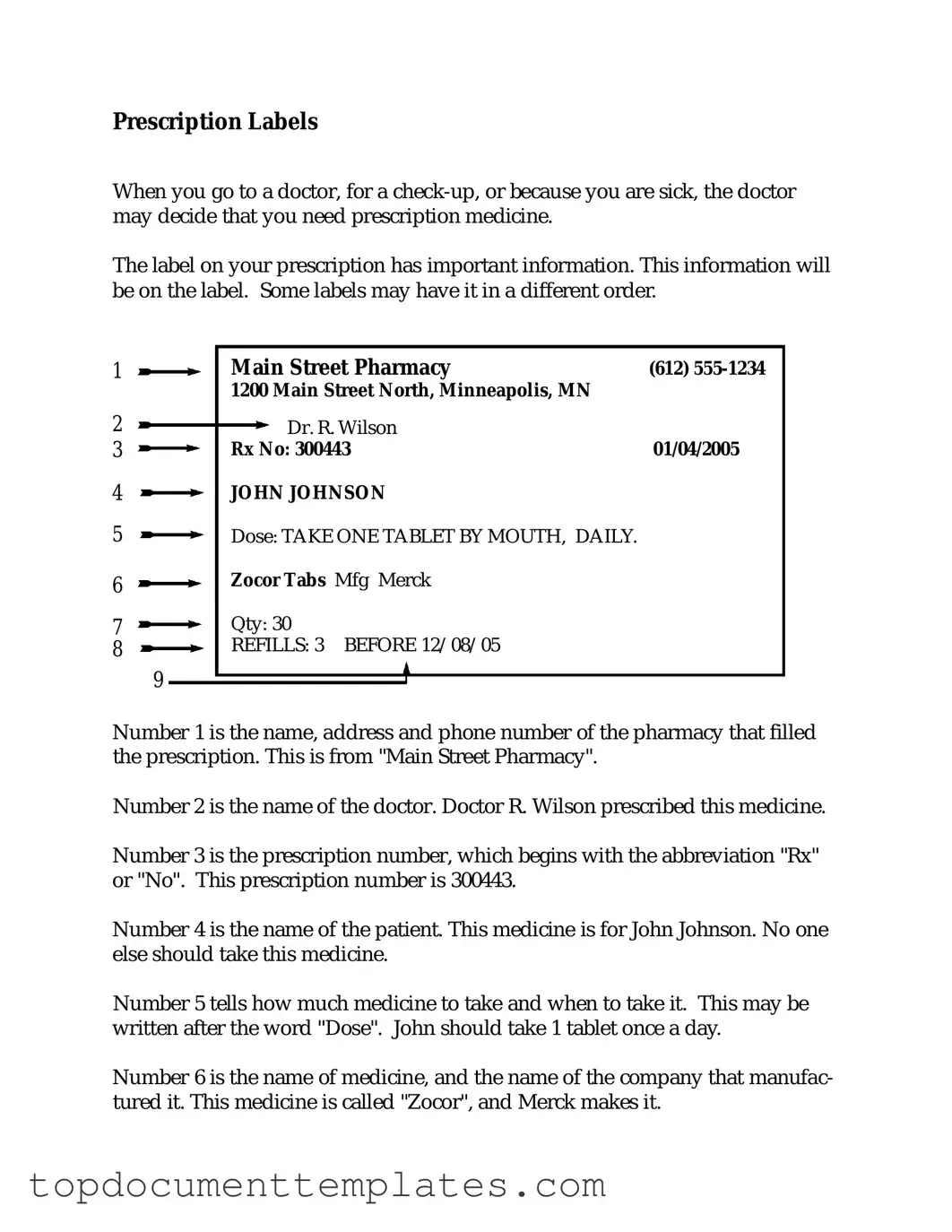Blank Prescription Label PDF Form
The Prescription Label form is a crucial document that provides essential information about a patient's medication. It ensures that the correct dosage and usage instructions are communicated clearly to both patients and healthcare providers. Understanding how to fill out this form accurately is vital for safe medication management.
Start the process of ensuring your medication is properly labeled by filling out the form below.
Open This Form
